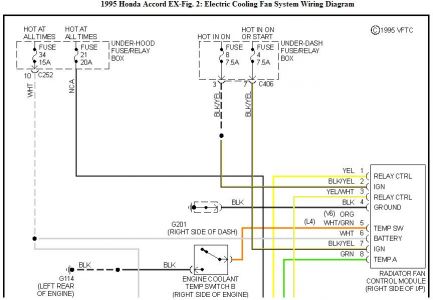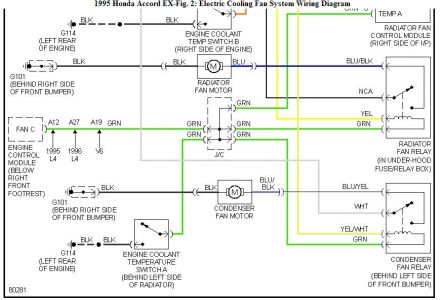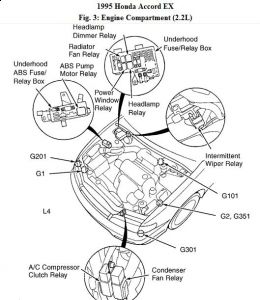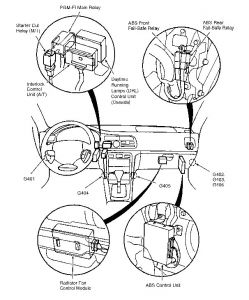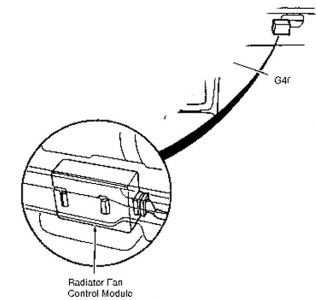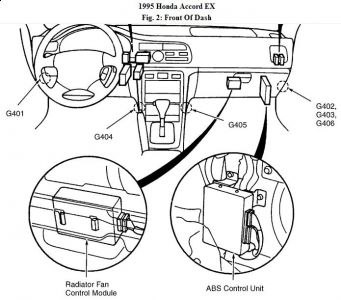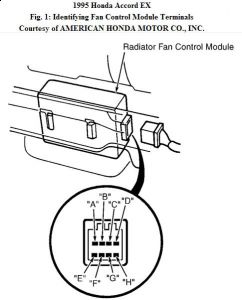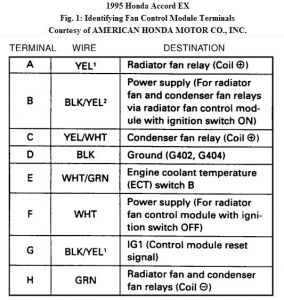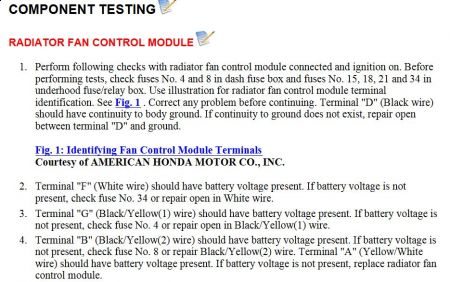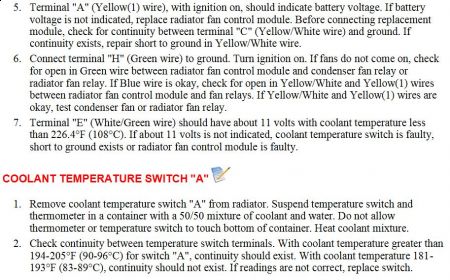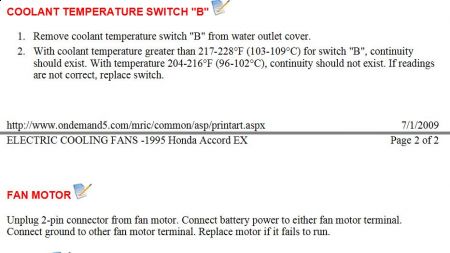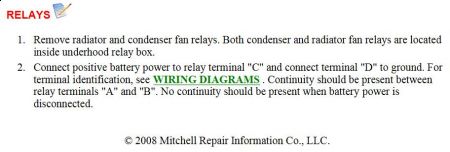Hello
Looks like the car is doing great for you even though you say you have put a great deal of money into it since it has about 160000 miles. It is time certain things start to go though.
Number One: My first thought is the Vehicle Speed Sensor. I have attached a few troubleshooting charts for you and some pics and directions on how to change.
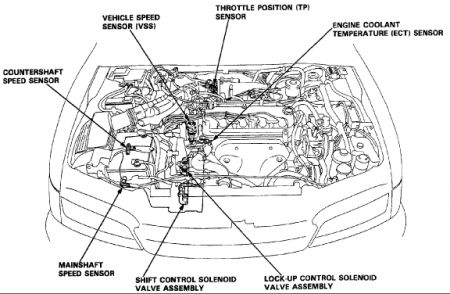
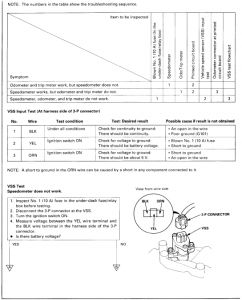
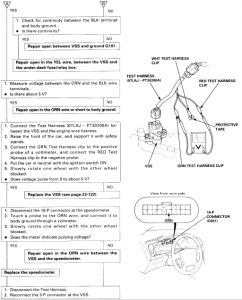
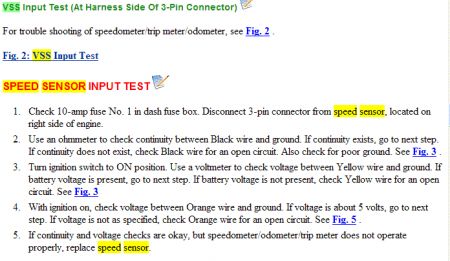
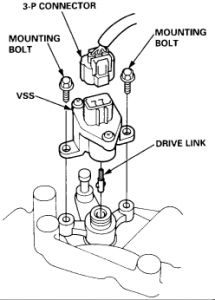
1. Disconnect the 3-P connector from the vehicle speed sensor (VSS).
2. Remove the mounting bolts, then remove the VSS. NOTE: The VSS drive link is a very small part, be careful not to lose it.
3. Install in the reverse order of removal.
Number Two First Part (You tried to sneak another problem in there with the check engine light, just kidding of course)
- Just to keep in the back of your mind - there is a Technical Service Bulleting out on Temp Gauge Goes to Hot: Bulletin NBR 94-021. I am not saying that is the problem here, I just want you aware to keep in the back of your mind for future info.
- You stated you change radiator and new hoses. You have never said anything about the thermostat. Though that still isn't dealing with your fans, with that many miles and the cost of a thermostat, that baby would be changed.
- Now the fans. I have attached some info below on the operation of the cooling system for your reading pleasure.
- Cooling fan operation is controlled by the fan timer module, which monitors signals from a thermo sensor, underhood temperature sensor and the A/C compressor clutch. The timer operates the cooling fan by controlling voltage applied to the fan relay control coil. Battery voltage is applied directly from the main fuse to the relay switch circuit and timer bypass circuit, and voltage is applied to the timer main circuits through the ignition switch start and run contacts. The timer module controls voltage applied to the relay control coil circuit, and the control coil circuit is completed to ground either through the thermo sensor or timing module. When current flows through the relay coil circuit, the relay contacts close and voltage is applied to the cooling fan motor.
During normal operation, voltage is applied to the relay coil by the timer module and fan operation is controlled by the thermo sensor. When coolant temperature is approximately 190 °F, current flows through the relay coil circuit and voltage is applied to the fan motor. When coolant temperature is below 190 °F, the thermo sensor contacts are open and the cooling fan does not operate. However, when the A/C is turned on, the timer energizes the relay coil and the cooling fan operates as long as the clutch remains energized.
When the engine is turned off, the timer module remains energized and monitors signals from the underhood temperature sensor. If underhood temperature exceeds 220 °F, the timer activates the fan relay and the cooling fan is energized. The cooling fan will operate for a maximum of 15 minutes after the engine has stopped or until underhood temperature drops below 220 °F.
- Now the fans continued: Please check all fuses with a volt meter for continuity. Not always is visual okay. Fuses 4, 8, 15, 18, 21, 34. I have attached pics of the fuse panels etc.
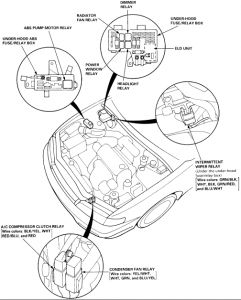
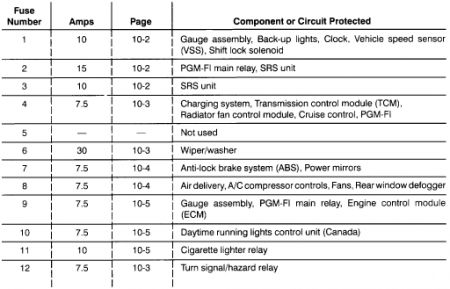
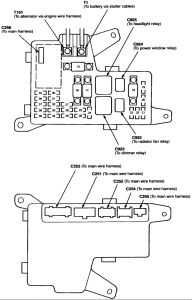
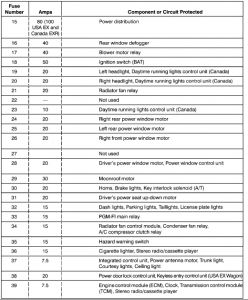
- Question, my information shows 1 fan. Is that all you have?
- Next - when you turn the AC on, the fan should automatically come on. If the fuses are okay, and you changed the fan motor, then I would check the radiator fan relay and the condenser fan relay. Tests below.
- Before we go farther than this, most of the time it is the fuses or relays or motor. So let me know from here on this.
RADIATOR FAN RELAY
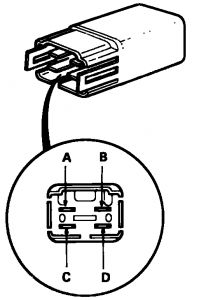
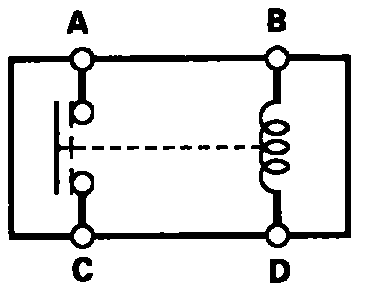
RADIATOR FAN RELAY TEST
There should be continuity between the A and C terminals when power and ground are connected to the B and D terminals, and there should be no continuity when power is disconnected.
CONDENSER FAN RELAY
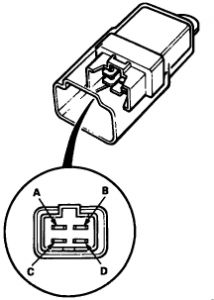
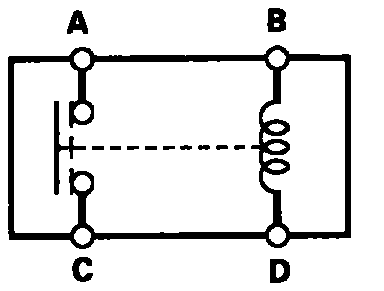
CONDENSER FAN RELAY TEST
There should be continuity between the A and C terminals when power and ground are connected to the B and D terminals, and there should be no continuity when power is disconnected.
Number Two Second Part: Now for the check engine light. Go to Auto Zone or O'Reilly's and for free they will pull the codes on the car. Find out what they are. Hey, while you are there, for free, have them bring the tester out and check your battery, alternator and starter.
Number Three: For the transmission problem, if a wire was burnt through, then I would check that wire really well. Look up and down it. If it feels harder than other areas or looks burnt, it may be damaged inside. I would splice a new piece in. Check that and we can go back to that.
Number Four: There are many parts to the suspension. Please be more specific. Front, rear, left side, right side. Provide the names of the parts you are talking about.
Remember - one thing at a time. If you replace too much at one time you won't know what fixed what. Eat this elephant one bite at a time.
When you are looking at a problem. . .try to stick to just that one thing. . ..skipping around can cause confusion.
Okay, try these things and let us know.
Bob
Sunday, January 5th, 2020 AT 7:08 PM
(Merged)
